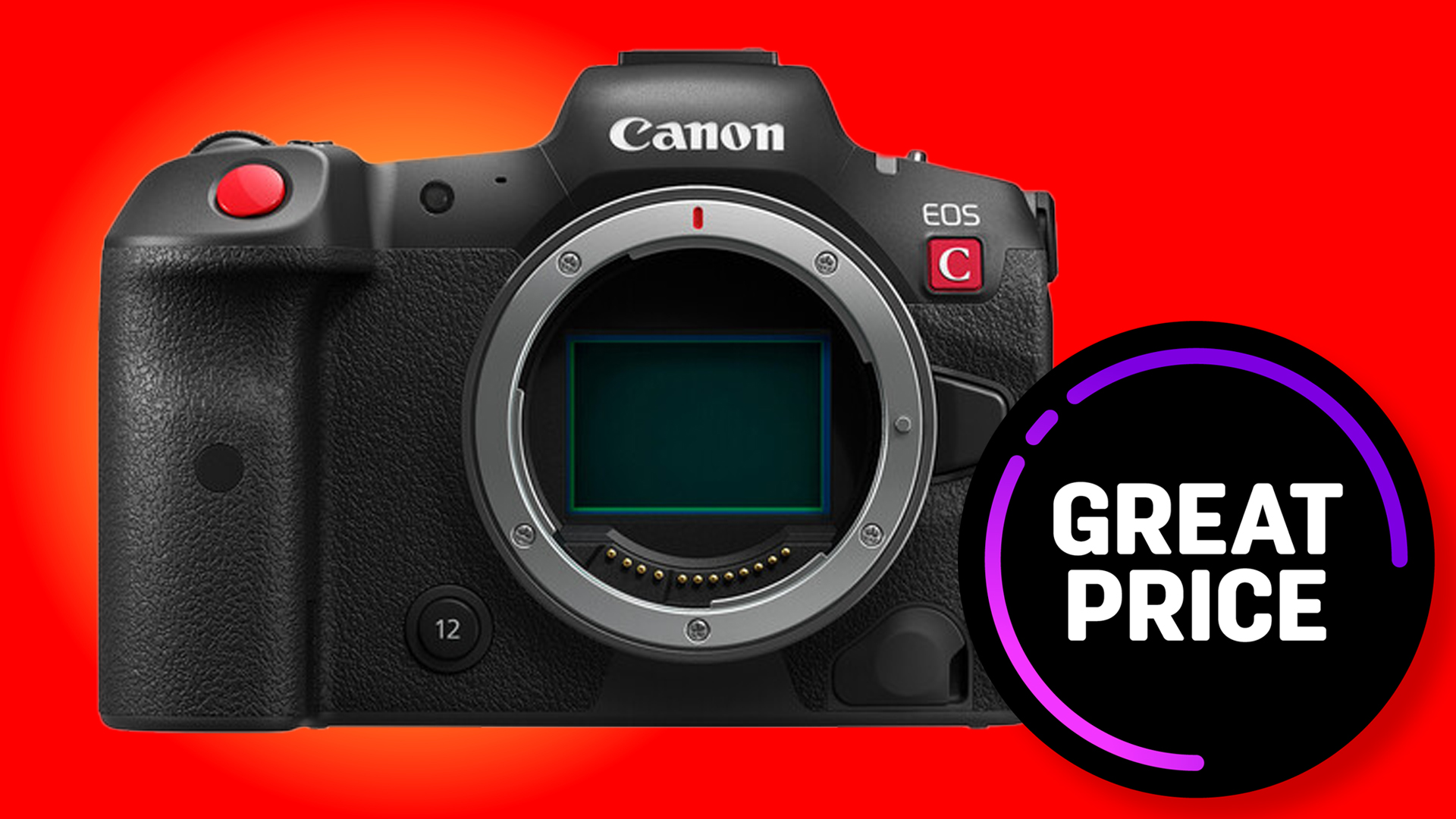I’ve taken thousands of automotive photos – here are my top car photography tips
These are my top car photography tips, from high-octane on-track action to slick magazine-ready close-ups
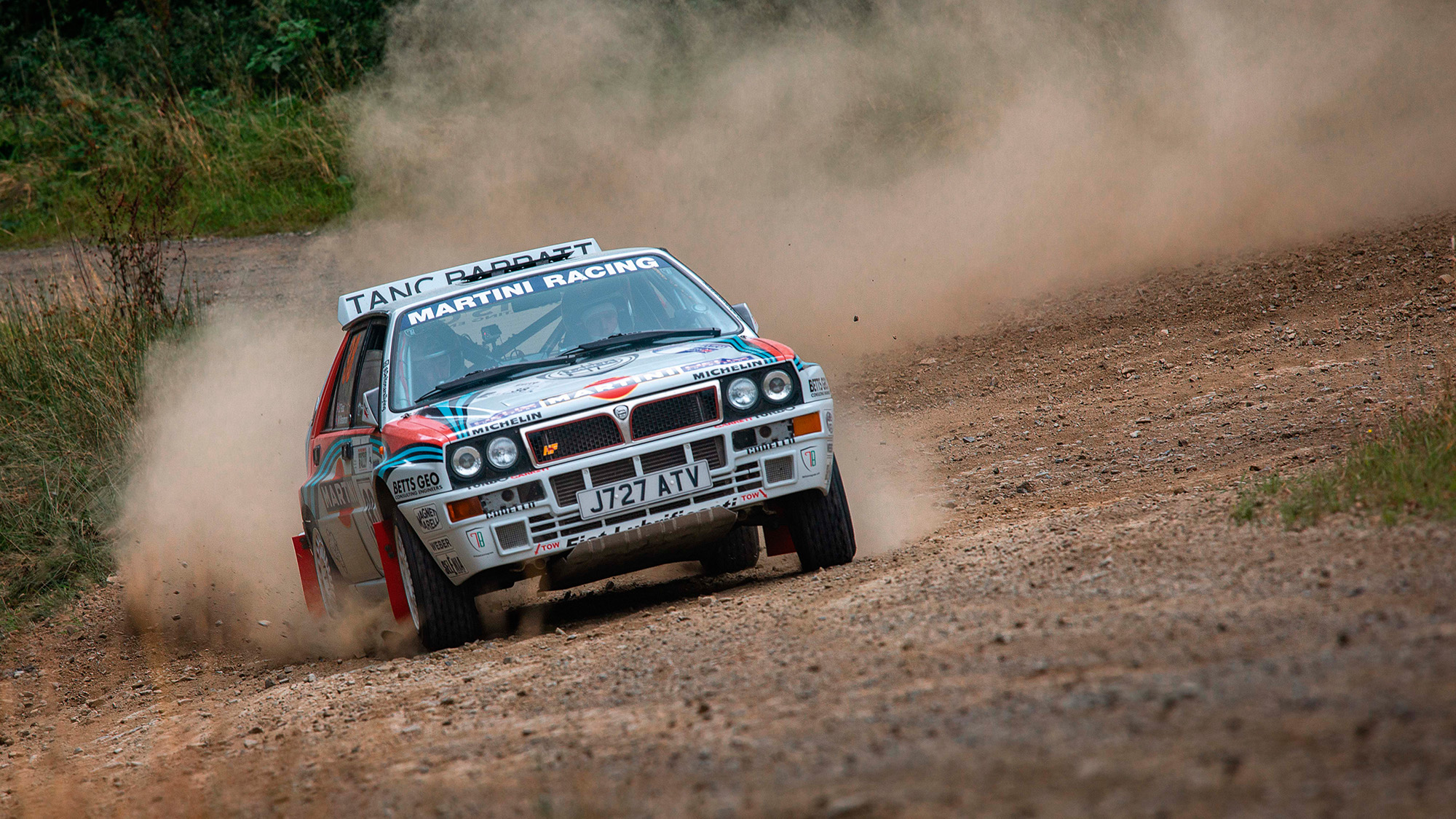
If you’re a petrolhead and photographer, like me, my car photography tips are a great way to bring both interests together. There’s no definitive type of car photography, and with so many different styles to dip into there’s an awful lot to learn and an awful lot of fun to be had.
And while many car photographers may aspire to capture a photogenic supercar at sunset winding its way along an Alpine road, or an F1 car flying through Eau Rouge, you don’t necessarily have to travel far – or at all – to capture car photos you can be proud of.
My car photography tips below cover a huge range of techniques, from capturing close-up car details to magazine-ready lifestyle images, on-track action, painterly abstracts, and more. I'll also cover essential gear and not-so-essential gear, as well as provide a few practicing tips so you can fast-track your way to car photography success.
So, strap yourself in, start your engine, and when the lights go out, hit the gas. Here are my top car photography tips...
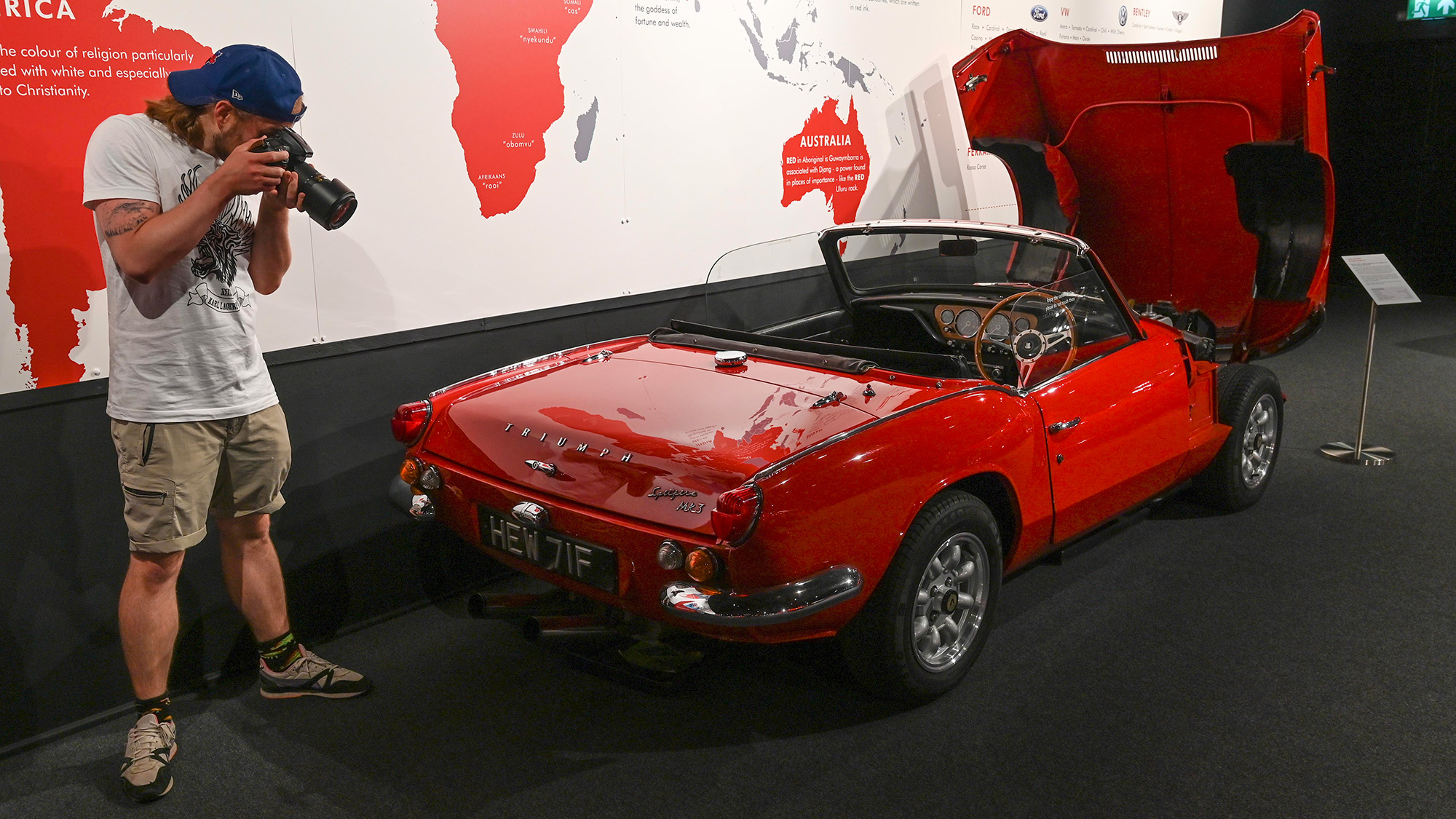

I was just four years old when Damon Hill was crowned Formula One World Champion, and I’ve been an avid motorsport fan ever since. As Digital Camera World’s How-To Editor, I write tutorials on almost any genre of photography you can think of, but my first photography love was motorsport photography.
As an amateur motorsport photographer, I’ve photographed a huge range of disciplines from F1 to MotoGP and rally, so I thought I’d compile a definitive guide to car photography, ensuring you capture your best car photographs ever, the next time you head out.
Car photography tips: Camera gear

When it comes to car photography gear, it’s worth checking out the best cameras for car photography. And the best lens for sports photography, but there’s no definitive kit setup, since you’ll need different equipment for different shoots. But before you lament parting with your dough, don’t worry, you can still capture stunning car photography with the best cameras for beginners and a kit lens.
If your main area of interest is motorsport, you’ll want to invest in one of the best telephoto lenses, ideally one that can reach 400mm. But if you’re shooting car details, then one of the best standard zoom lenses, like a classic 24-70mm f/2.8 will stand you in great stead, while a 70-200mm f/2.8 is ideal for isolating close-up details or cropping into scenes from afar.
And while fast lenses are preferred for their ability to create super-shallow depths of field and let in more light – especially when working in poorly lit garages – they’re by no means essential. Finally, it's worth investing in the best polarizing filters, which you may use at times to reduce glare.
Car photography tips: Car details
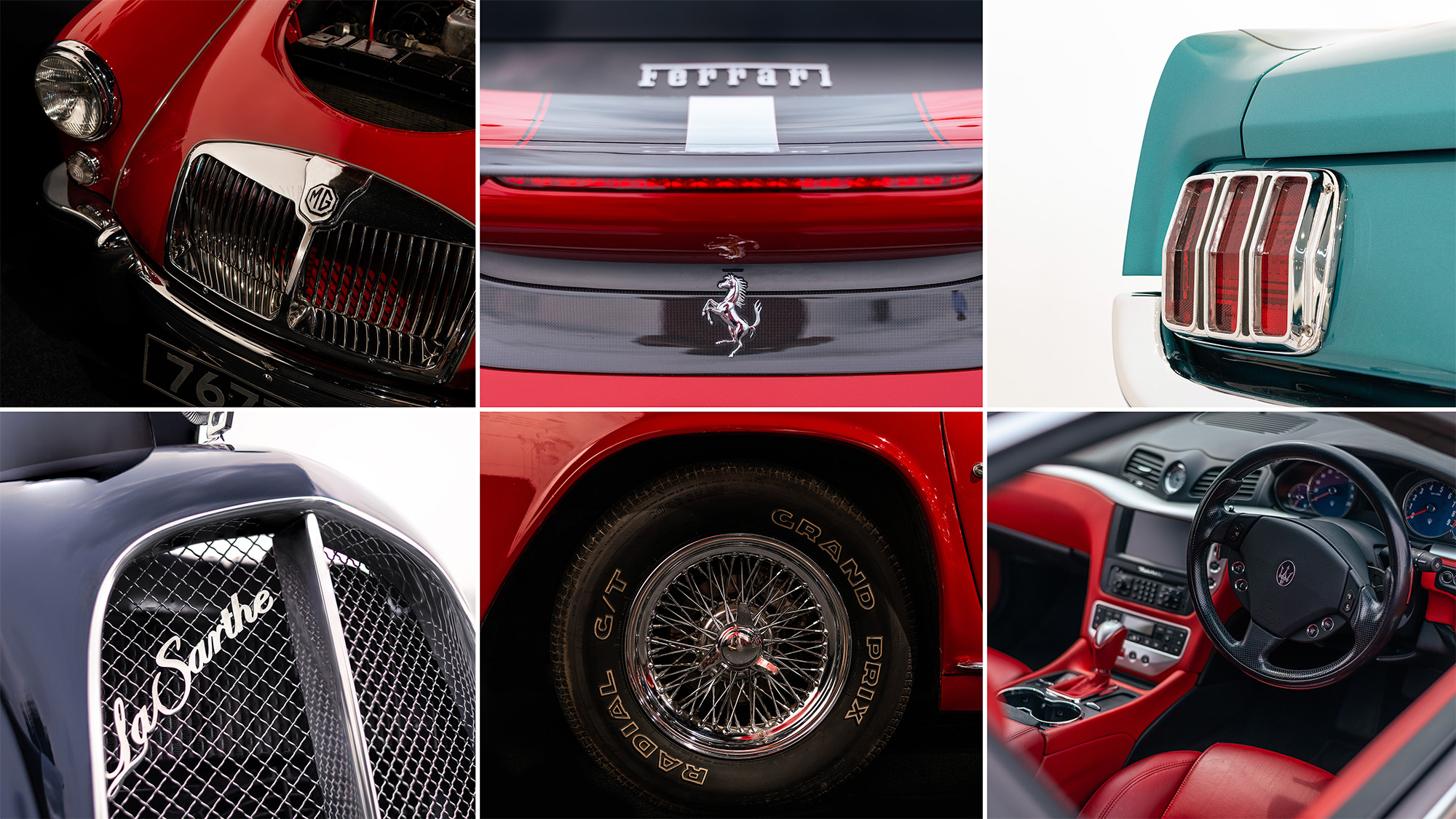
Car photography details are the most accessible form of car photography. You can capture great car details with an entry-level camera and a kit lens, using your own car as a subject. I’d suggest using aperture priority or manual mode (if you're confident with the exposure triangle) and single-point AF so you can precisely target the focal point of the image.
A good trick when working in an unphotogenic environment is to fill the frame with the car detail, so you obscure the background.
If you’re working in a dark environment with plenty of shadows, you can opt to underexpose the image slightly to create a low-key lighting effect. Alternatively, if you’re working outside in a bright environment, you can overexpose the image slightly to create a high-key lighting effect.
And while car meets and museums might not permit tripods, make sure you prioritize a fast enough shutter speed using the reciprocal rule to avoid camera shake. Don’t be afraid to widen your aperture and raise your ISO in pursuit of a sharp image.
• Learn the technique: Capture classic car details
Car photography landscapes
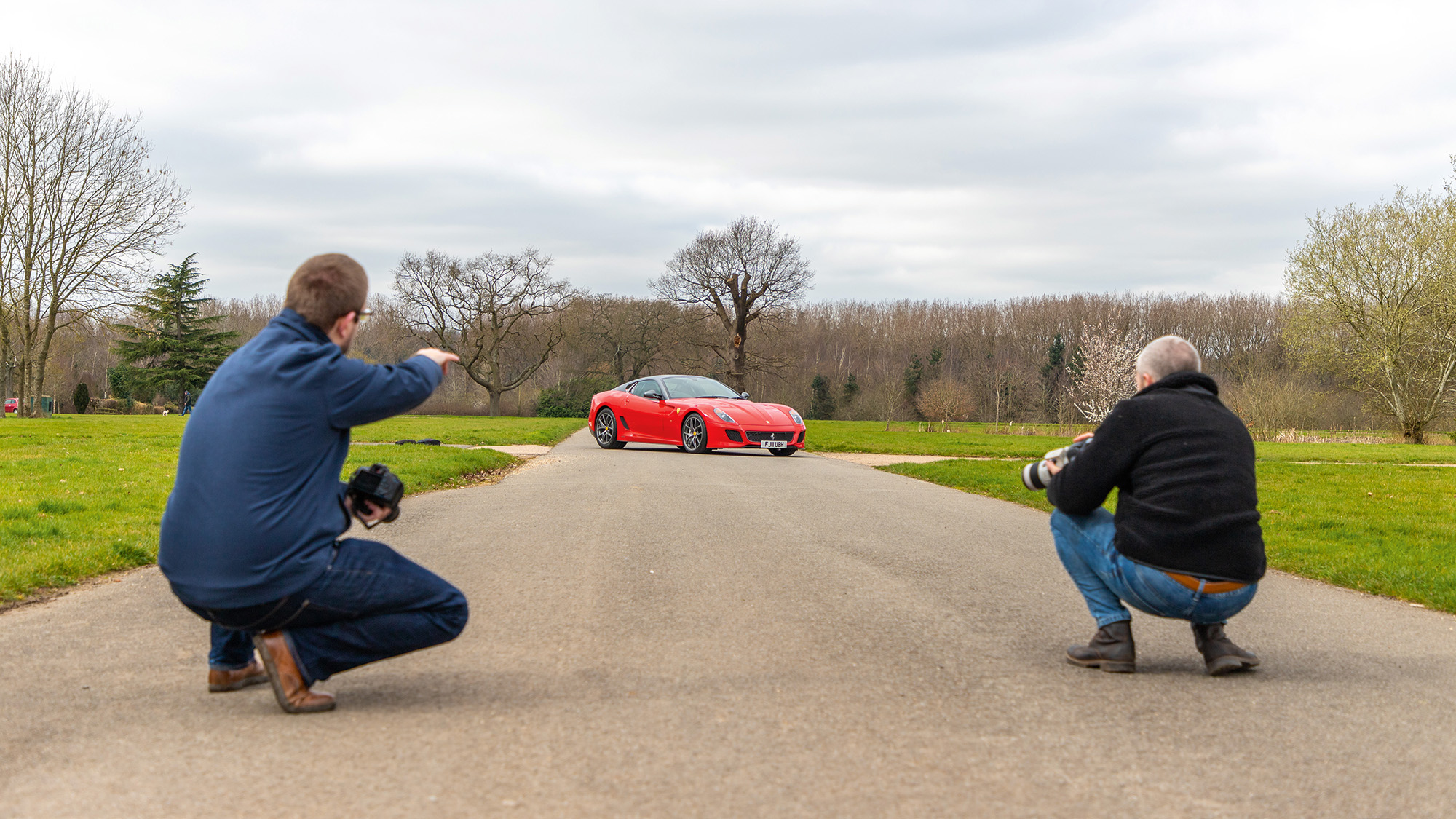
If you have access to an attractive-looking car, consider taking it to a picturesque area and photographing it in the landscape. This style of photography hinges on the location, so you’ll need to research a suitable location or two, first.
It should go without saying, but capturing a stationary car on a road is dangerous, so you’ll need to obtain permission to stage your shoot on a private road. Be mindful of barrel distortion when selecting a focal length. If you go too wide, you’ll distort the car.
A standard or telephoto focal length will therefore work best. If you want to frame more of the environment, simply shoot the car from further away. I’d recommend crouching down to shoot the car roughly at headlight height. But you may find that other angles work.
For example, you might capture a 4 x 4 from a lower angle to emphasize the vehicle’s size and power. Or, you might elect to shoot a car from above as it winds its way through a canyon, either from a high vantage point or by using one of the best camera drones.
• Learn the technique: Take amazing automotive photographs
Car photography tips: Fake a studio shoot
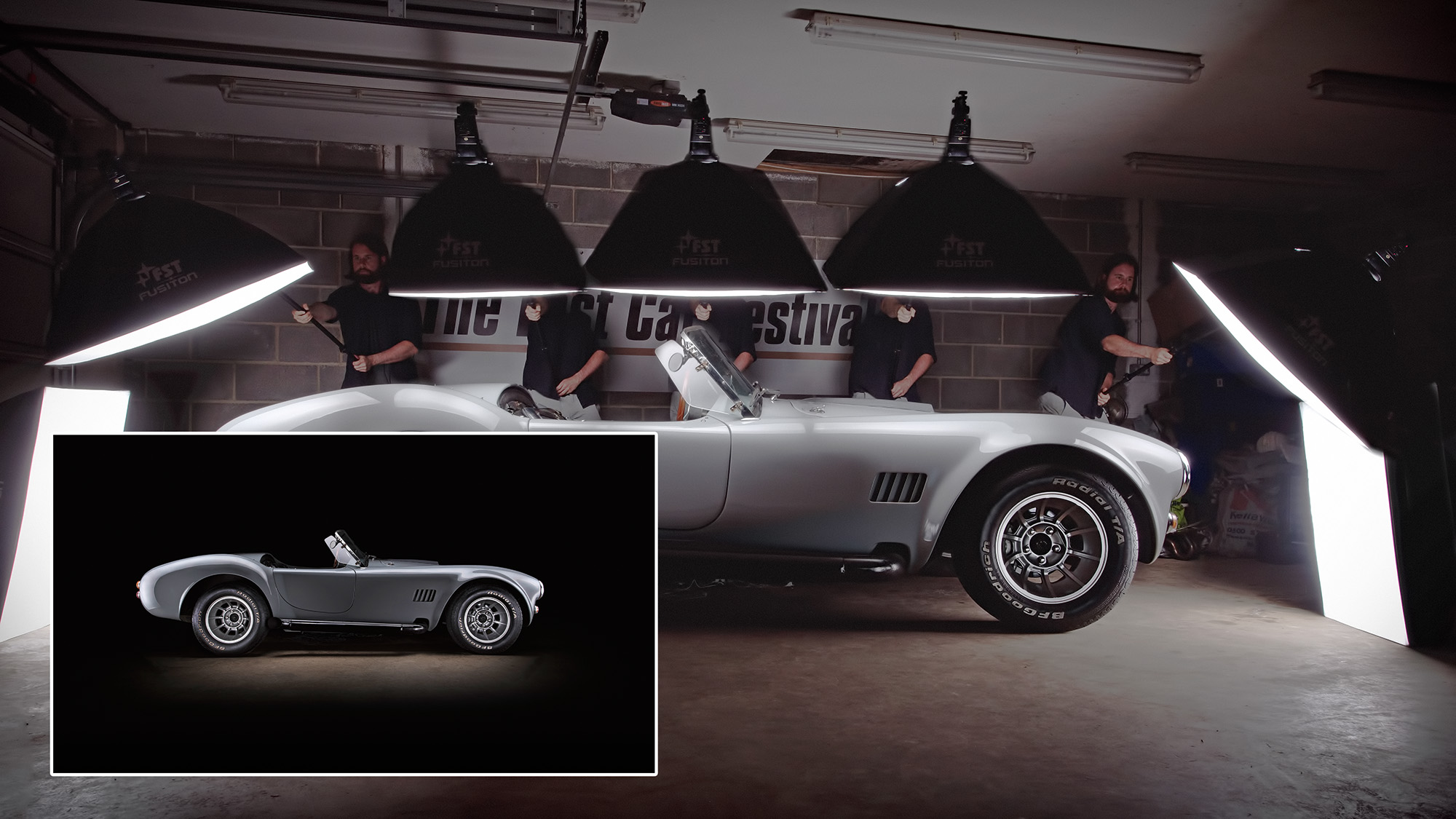
Few photographers have access to a large enough studio space in which to photograph a car. But did you know that you can fake a studio effect using a single strobe light and a bit of Adobe Photoshop trickery? And you barely even need any space. You can learn the ins and outs by clicking on the link below, but the gist is fairly simple.
You simply compose the car in the center of your frame, with the camera locked off on a tripod. Select a narrow aperture and a shutter speed that matches your flash’s sync speed, and a long self-timer with your desired number of frames at three-second intervals.
Once you’ve taken a few test shots to achieve the desired flash (roughly around 1/4 power), you set the camera off, hold your softbox (via one of the best monopods) directly over one end of the vehicle, and gradually move along the car between each shot. The resulting images are then composited together in Photoshop.
• Learn the technique: How to photograph a classic car in a faux studio
Car photography tips: Panning
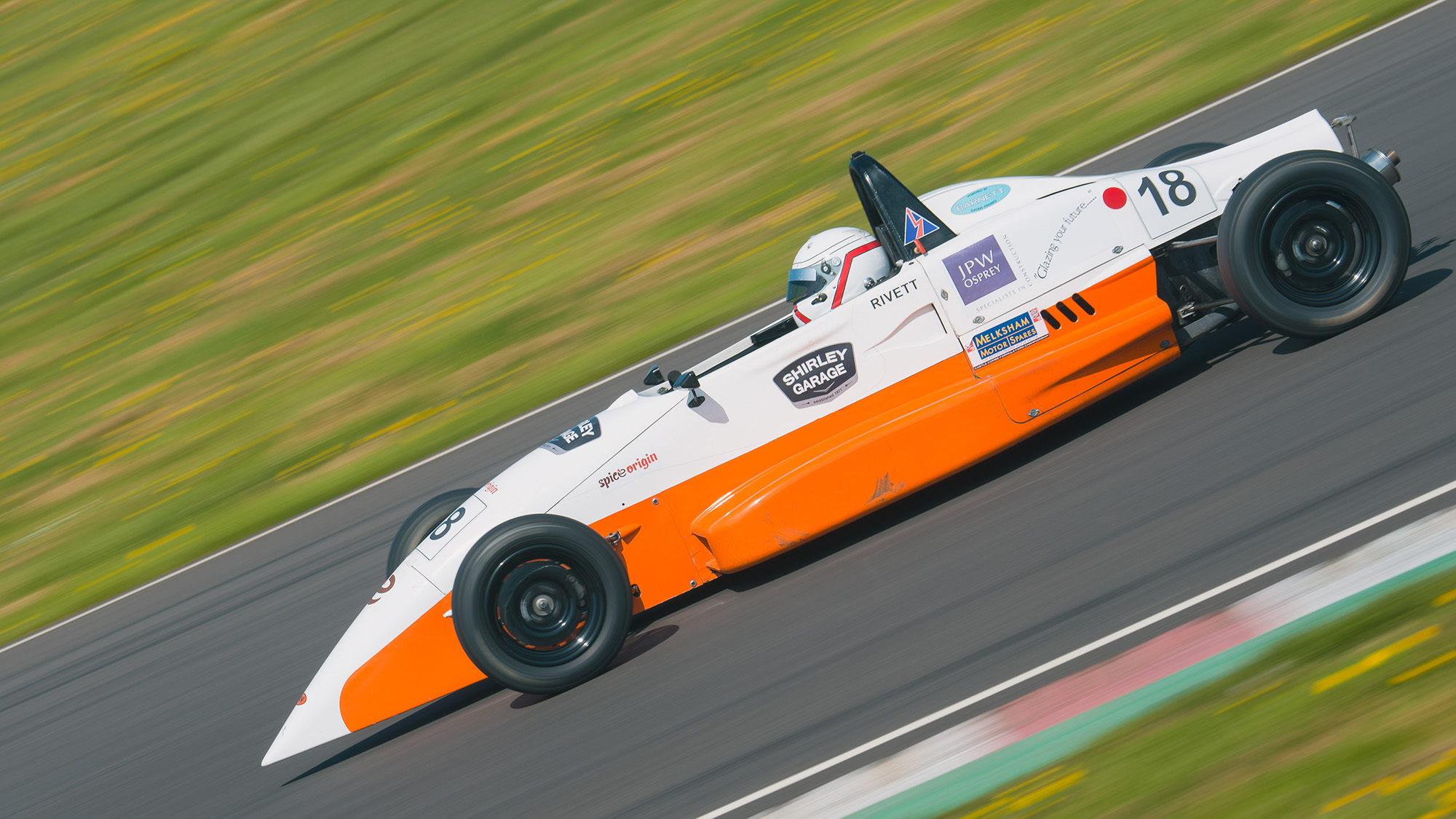
If you want to convey motion in a still image, you’ll need to learn how to pan. This involves lowering your shutter speed as slow as you dare (start at 1/320 sec and reduce it from there), sighting the car from afar through the viewfinder, tracking it as it approaches, and firing the shutter as it passes by. If your panning motion matches the speed of the car perfectly, you’ll capture a tack-sharp car, while rendering everything else as lashings of motion blur, including spinning wheels.
You can do this handheld or with a monopod, but you must use AF-C/Servo AF to continuously focus as your subject passes by. Ideally, you’ll want to focus on the driver’s helmet – if it’s an open-wheel car – the headlights, mid-bumper, or anywhere on the side of the car, if it’s a perfect side-on pan.
Another way to capture a panning shot is to shoot a moving car from a moving car, both travelling at the same speed (which doesn’t have to be fast at all). This is easier than a traditional pan, because you don’t actually have to pan. You simply point the camera, focus, and let physics do the rest.
However, in this situation, the photographer has to rely on the two drivers because it only works if both cars are moving at the same speed. Again, make sure you obtain permission to capture a shot like this safely on a private road.
• Learn the technique: How to capture perfect panning shots
Car photography tips: Cornering
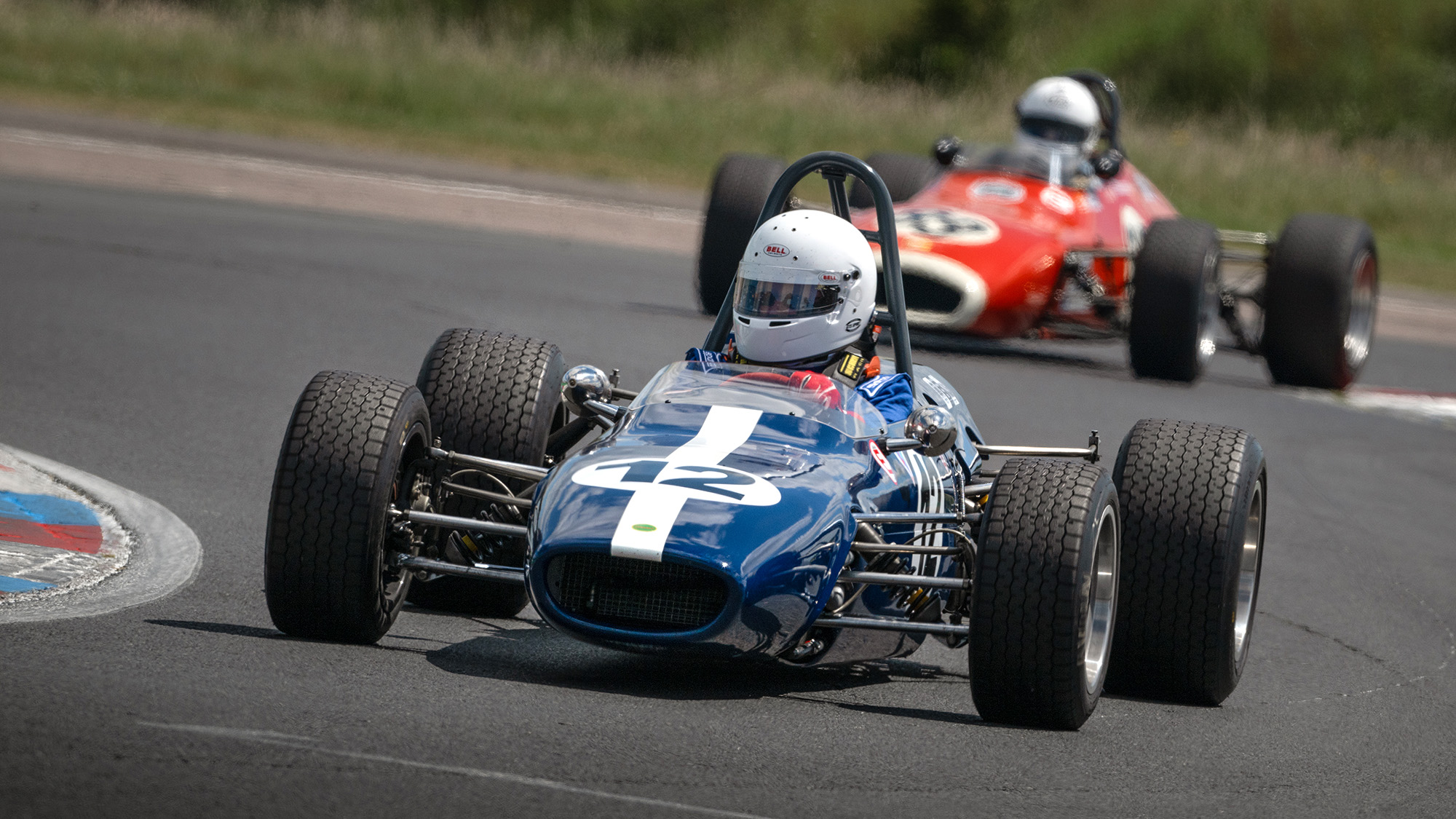
You can capture a panning shot of a car rounding a corner, but if the sides of the wheels aren’t visible, you can opt to freeze the car instead, since you’ll hardly notice them spinning anyway.
To freeze a car, use a shutter speed of 1/500 sec or faster. Focus on the headlights or mid-bumper for hardtop vehicles and the driver’s helmet for open-wheel cars. A neat trick is to frame at least part of the corner’s rumble strips (on track) or the grassy verge to connote that the car is rounding a corner.
Car photography tips: Light trails
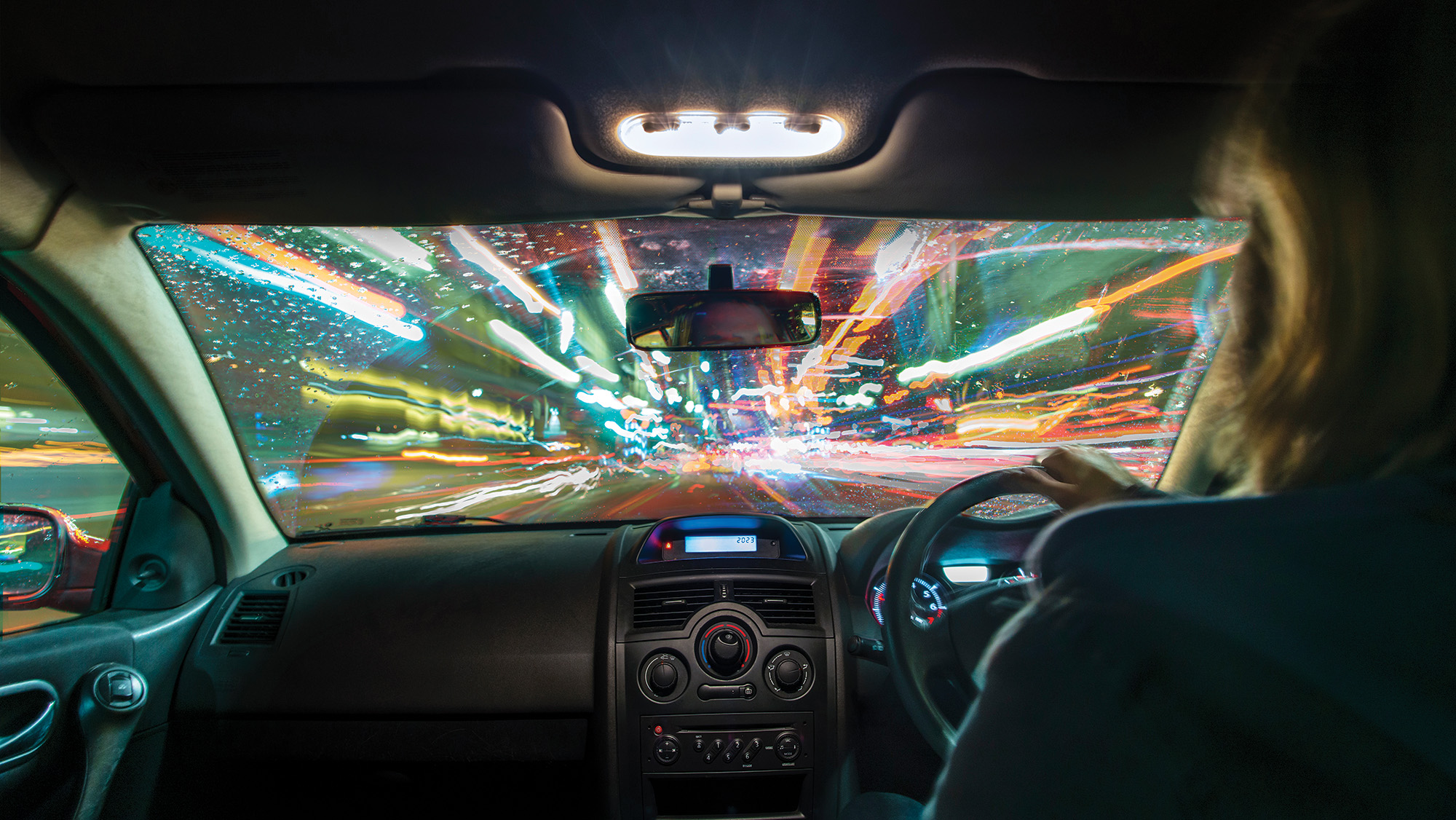
Ever seen a shot from a car’s interior, with light trails whizzing by? You can do this yourself quite easily. All you need is one of the best wide-angle lenses, a tripod, and a friend who’s willing to drive you around at night. You can then set up a tripod in the back and – seatbelt on – fire the shutter with a remote shutter release.
The trick is to capture a long exposure of around four to eight seconds, with a narrow aperture to provide an adequately large depth of field.
• Learn the technique: Capture light trails from the comfort of your own car
Car photography tips: Polarizers
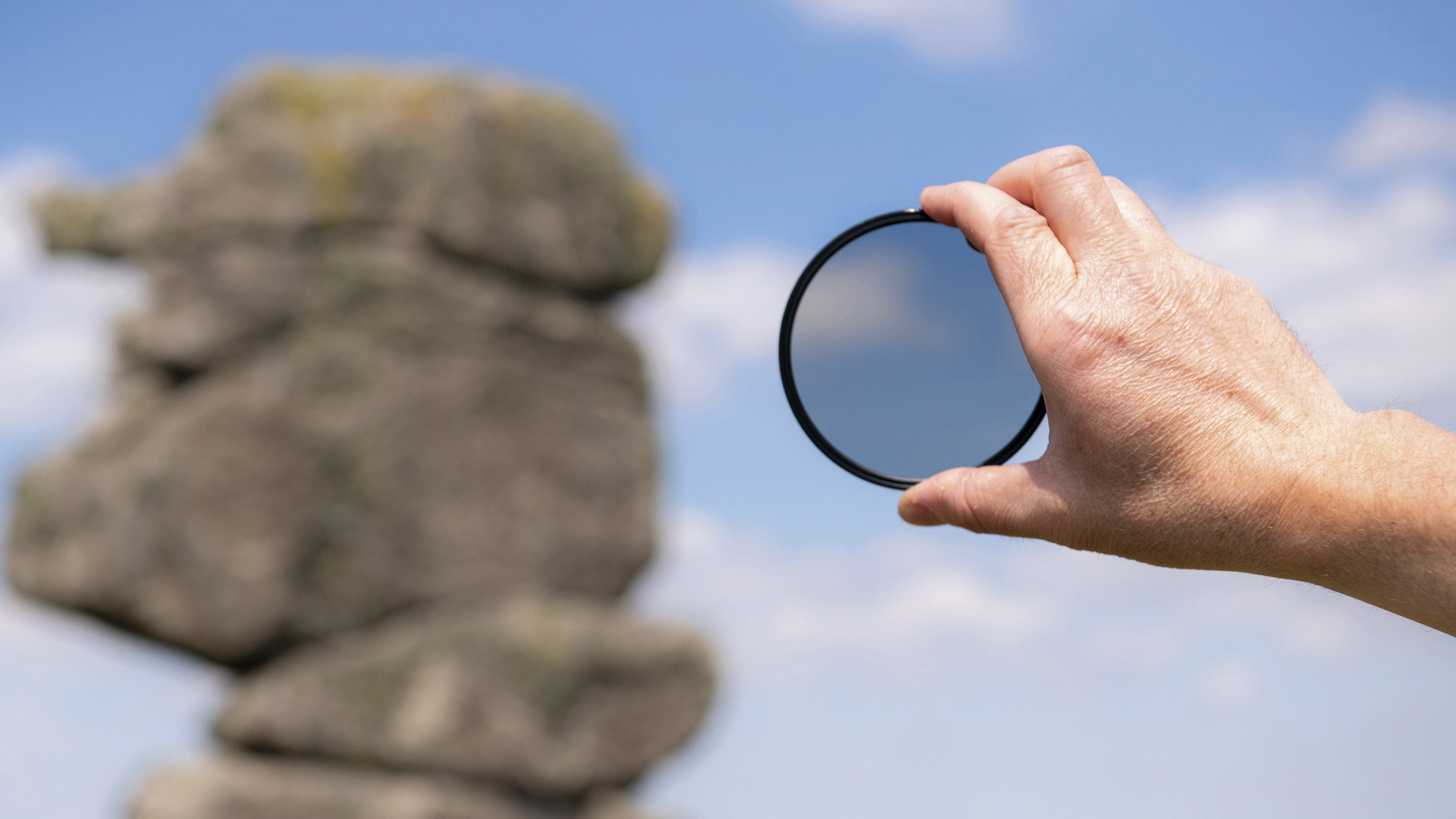
A polarizing filter is a great asset to have when photographing cars, because it will cut reflections and reduce glare. This will make it easier for you to shoot a car interior through a closed window and capture images of buffed paintwork without distracting glare bouncing off the bodywork.
You can opt for a screw-in polarizing filter or use one as part of a slot-in filter system. Just remember that different lenses will have different filter threads, meaning you’ll need multiple screw-in filters or step-up/step-down rings to fit various lenses.
• Learn the technique: How to use a polarizing filter to cut through reflections
Car photography tips: Portraits
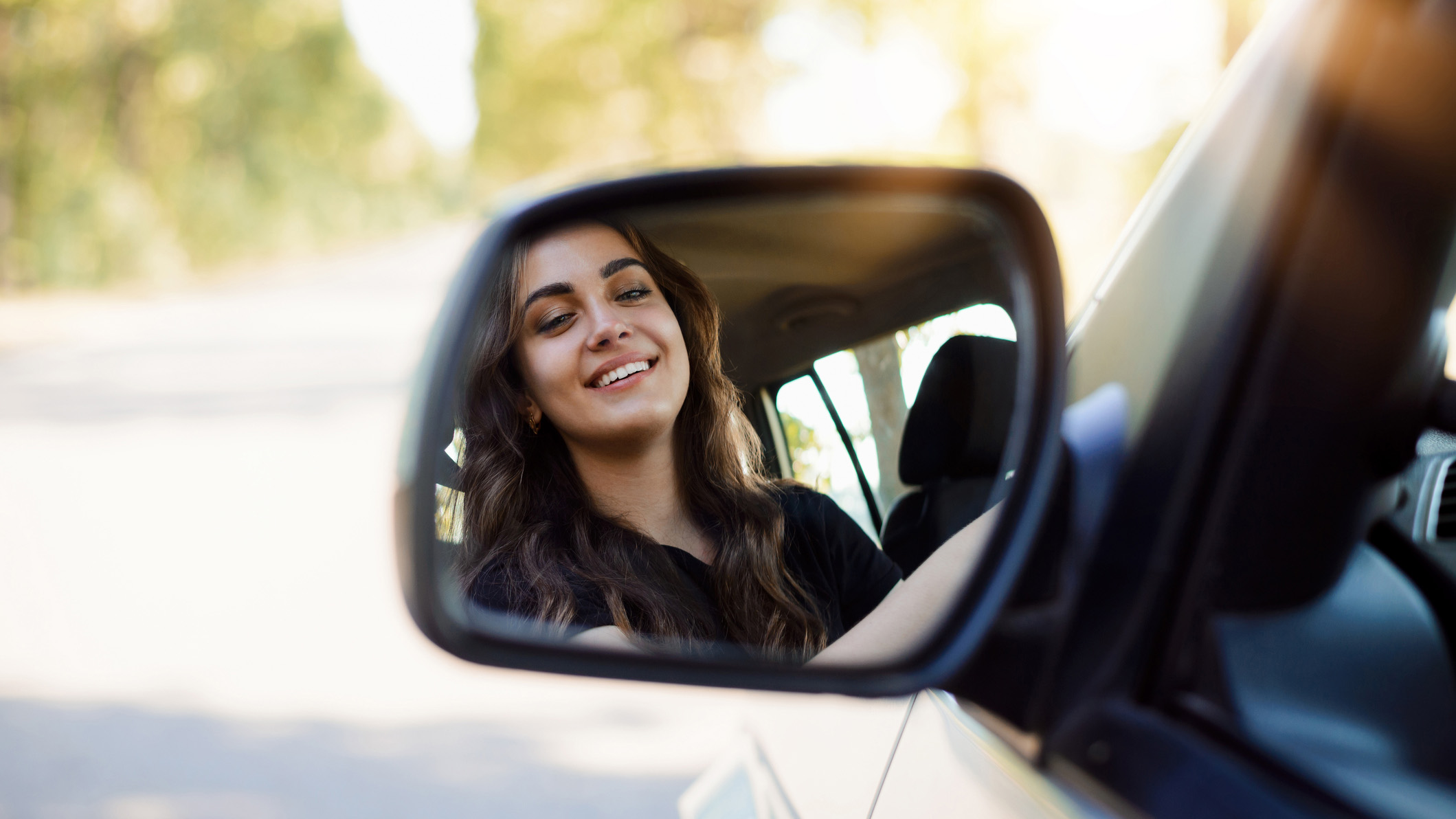
Cars can provide excellent additional interest and help create a narrative when shooting portraits. Many of these tips for getting your best ever people shots still apply when capturing car portraits. However, you’ll want to think about how your subject interacts with the car and how much of the car occupies the frame.
As such, you may opt to use a wider focal length at times, such as 50mm or 35mm. Think about how a person might interact with a car, too.
You might capture your subject from behind, looking in the rear-view or side mirror, or you might capture them sitting on the bonnet, looking wistfully into the distance. It’s tempting to shoot portraits with a wide-open aperture to blur the background, but be mindful of the car’s importance here and experiment with a larger depth of field to render both the portrait subject and the car in focus.
But, unless you’re going for a creative image, you’ll still want to focus on the person – and if they’re close enough – the eye that’s closest to the camera.
Car photography tips: Abstracts
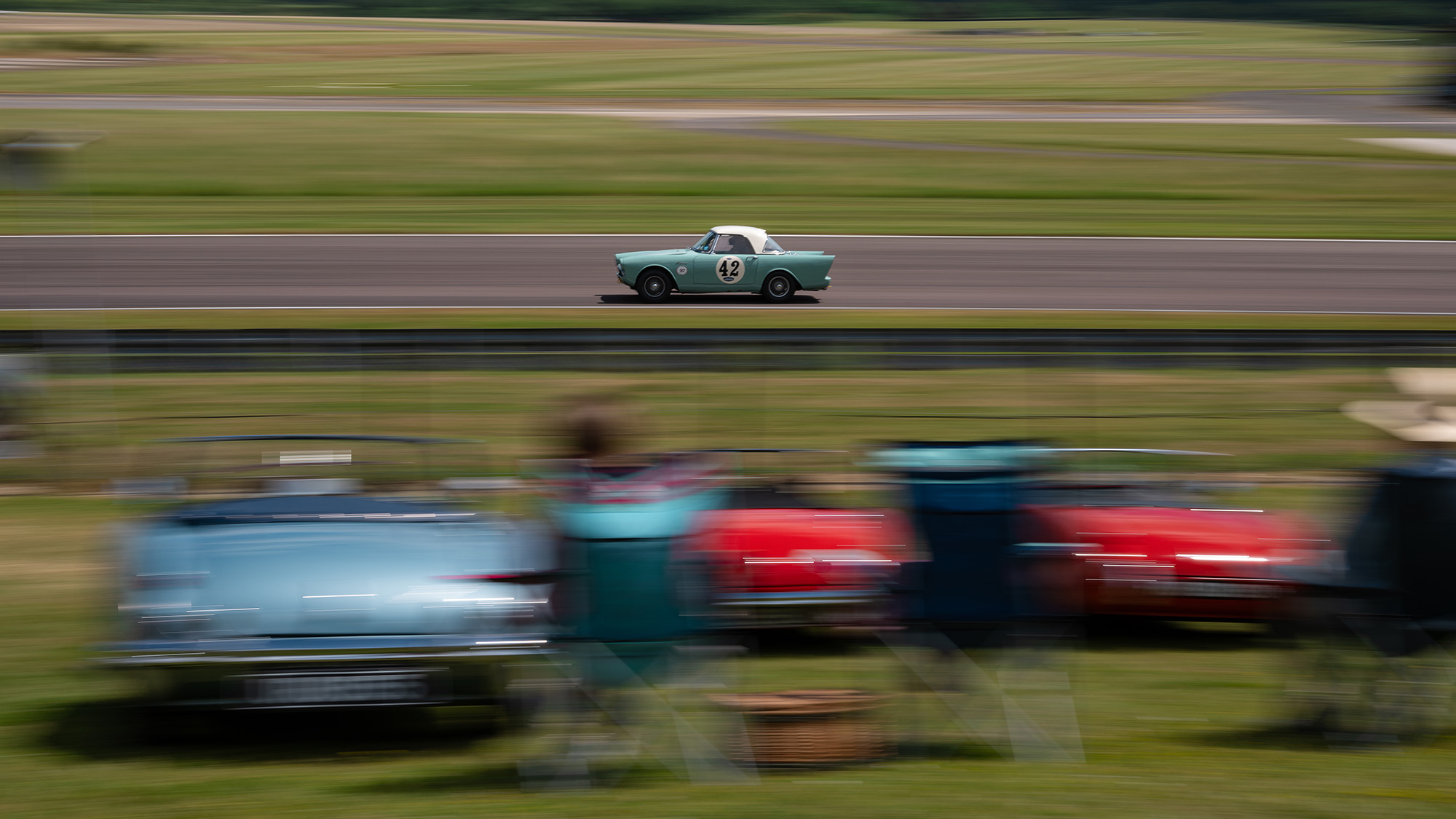
You can get really creative by capturing car photography abstracts. A neat trick is to pan with a wide-angle lens so the frame is dominated by streaks of motion blur. Alternatively, you can use a slow shutter speed to blur the car itself, creating a gesture-drawing effect. And if you’re feeling confident, try doing a zoom pan.
This involves putting your camera on a monopod or tripod, shooting a car head-on, and zooming out as it approaches so the motion of the zoom renders the car sharper than its surroundings. The difficult nature of this technique and the widening frame will mean that you’re unlikely to get the car perfectly sharp, but you will end up with a lovely, painterly aesthetic.
Car photography tips: How to practice
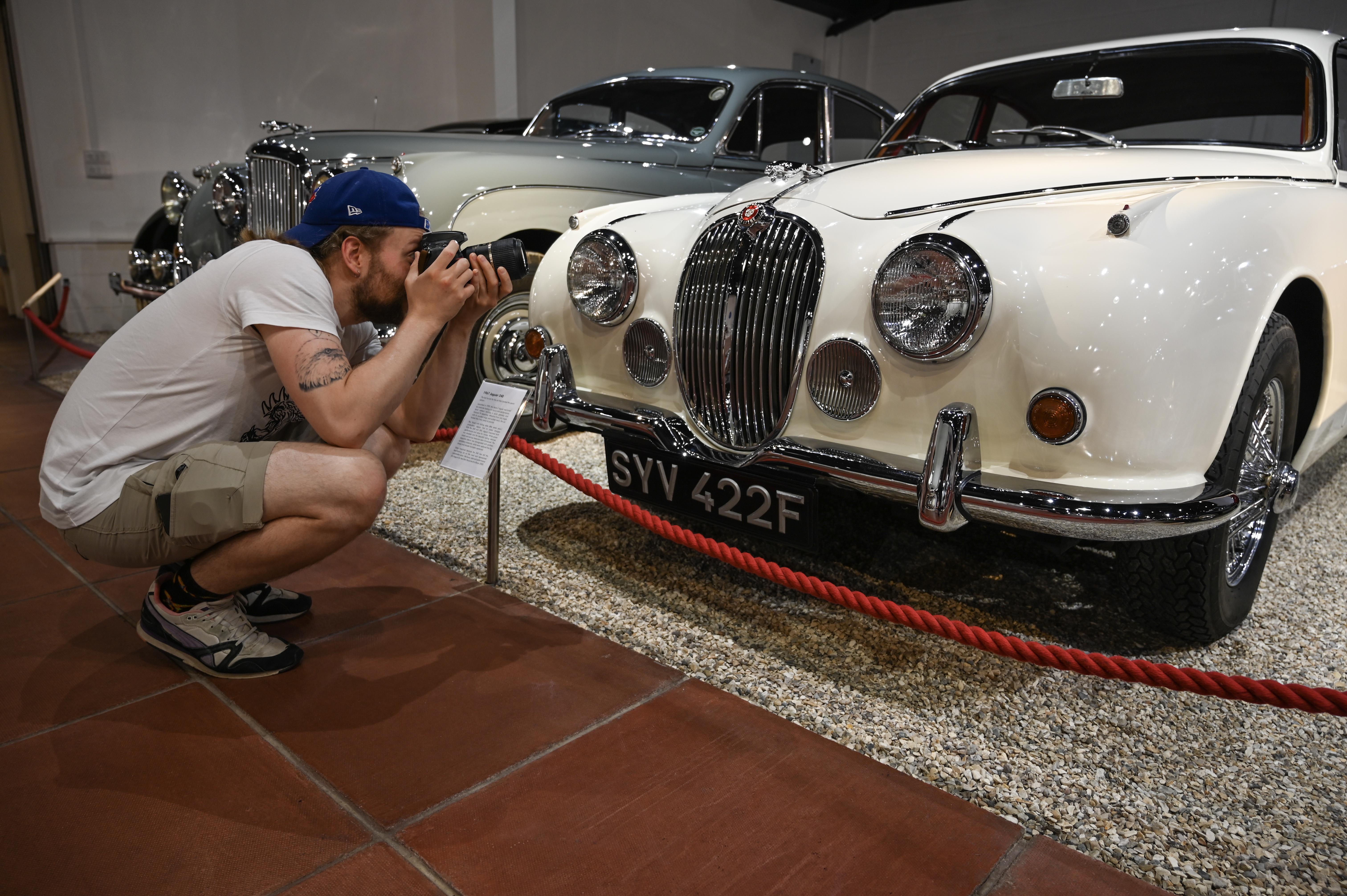
Depending on the technique you’re using, there are plenty of ways to practice car photography. For motorsport photography, you’ll need to head to a circuit, but that doesn’t mean you have to visit Indianapolis, Daytona, or Sebring every time. A local track that holds track days is a great way to practice.
Heck, you could even head down to an outdoor karting ring and apply the same techniques. Panning, especially, is a difficult technique to conquer, so don’t get disheartened if it takes you a while to capture an image you’re happy with. It’s also worth remembering that even seasoned pros take plenty of blurry car photos!
For most other techniques, you can practice on your own car or your friends and family’s vehicles. Alternatively, consider heading to a car museum or festival for further practice on a wider variety of cars.
You might also like...
Want more high-octane content? Find out the 4 photographic decisions that take this motorsport shot to the next level. When it comes to motorsport photography kit that I'm excited about, I tried the new Sony FE 400-800mm f/6.3-8 G OSS – and it’s smaller than I thought. Want to shoot car photography without leaving the house? Shoot high-end car photography on your driveway.
Get the Digital Camera World Newsletter
The best camera deals, reviews, product advice, and unmissable photography news, direct to your inbox!

Mike is Digital Camera World's How To Editor. He has over a decade of experience, writing for some of the biggest specialist publications including Digital Camera, Digital Photographer and PhotoPlus: The Canon Magazine. Prior to DCW, Mike was Deputy Editor of N-Photo: The Nikon Magazine and Production Editor at Wex Photo Video, where he sharpened his skills in both the stills and videography spheres. While he's an avid motorsport photographer, his skills extend to every genre of photography – making him one of Digital Camera World's top tutors for techniques on cameras, lenses, tripods, filters and other imaging equipment – as well as sharing his expertise on shooting everything from portraits and landscapes to abstracts and architecture to wildlife and, yes, fast things going around race tracks...
You must confirm your public display name before commenting
Please logout and then login again, you will then be prompted to enter your display name.
